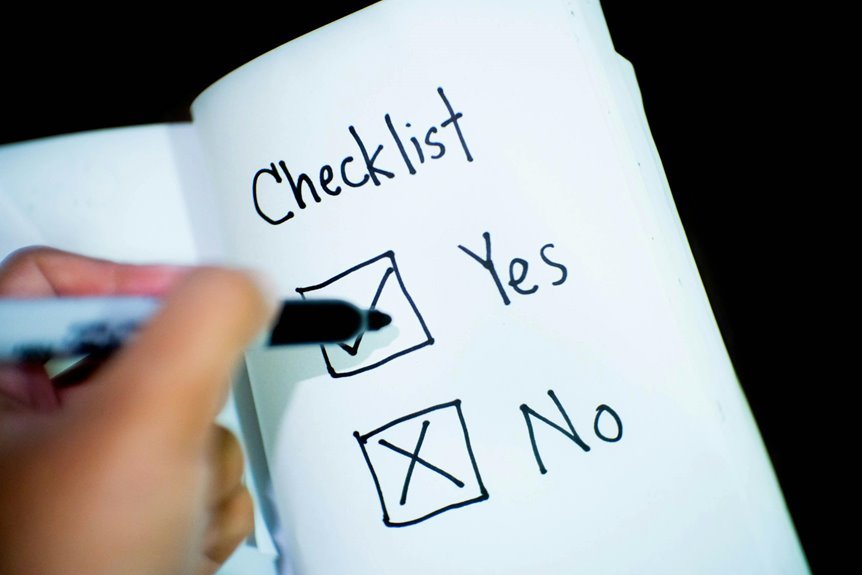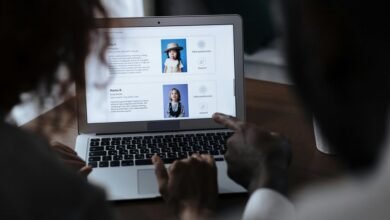Cross-Check Number Information 3891341804, 3272055284, 3201949241, 3314692825, 3895179132, 3201571108

The verification of numerical sequences such as 3891341804, 3272055284, 3201949241, 3314692825, 3895179132, and 3201571108 is crucial for ensuring data integrity. Employing techniques like checksum verification and database cross-referencing can substantiate the authenticity of these figures. Furthermore, an analysis of distinct patterns within each sequence may reveal underlying trends. Understanding these methodologies is essential for informed decision-making and safeguarding against misinformation, prompting further investigation into best practices.
Understanding the Importance of Number Verification
Number verification plays a critical role in ensuring the integrity of data across various fields, including finance, research, and technology.
The credibility of numbers is paramount, as inaccuracies can lead to misguided decisions. Thus, employing robust verification tools enhances confidence in numerical data.
This process not only safeguards information but also promotes transparency, empowering users to make informed choices based on reliable data.
Methods for Cross-Checking Number Authenticity
A variety of methods exist for cross-checking the authenticity of numerical data, each designed to enhance reliability and accuracy.
Common number validation techniques include checksum verification, format validation, and database cross-referencing.
Authenticity assessment methods may incorporate algorithmic analysis and statistical sampling, ensuring that the numbers are not only valid but also contextually relevant, thereby fostering trust in the data presented.
Analyzing Each Number Sequence
While evaluating numerical sequences, it becomes essential to systematically dissect each component to identify patterns, anomalies, and underlying structures.
Each number in the provided list reveals unique number patterns, contributing to their sequence significance. Analyzing these sequences can uncover trends or irregularities, fostering a clearer understanding of their implications and potential meanings, thus empowering individuals seeking autonomy in their decision-making processes.
Best Practices for Protecting Yourself From Misinformation
Given the rapid proliferation of information in the digital age, individuals must adopt robust strategies to shield themselves from the pervasive threat of misinformation.
Utilizing fact-checking tools can enhance credibility assessments of information encountered.
Moreover, fostering digital literacy equips individuals with the skills to critically evaluate sources, recognize biases, and discern fact from fiction.
Ultimately, this empowerment enables them to navigate the complex information landscape more effectively.
Conclusion
In a world increasingly governed by data, the irony lies in the fact that the very numbers we rely on for decision-making may be nothing more than hollow sequences devoid of truth. As users navigate the complexities of verification, they may find that their trust in numerical integrity is often misplaced. Ultimately, while meticulous cross-checking can unveil authenticity, the persistent threat of misinformation serves as a stark reminder: even the most rigorous methods can be deceived by the allure of certainty.




